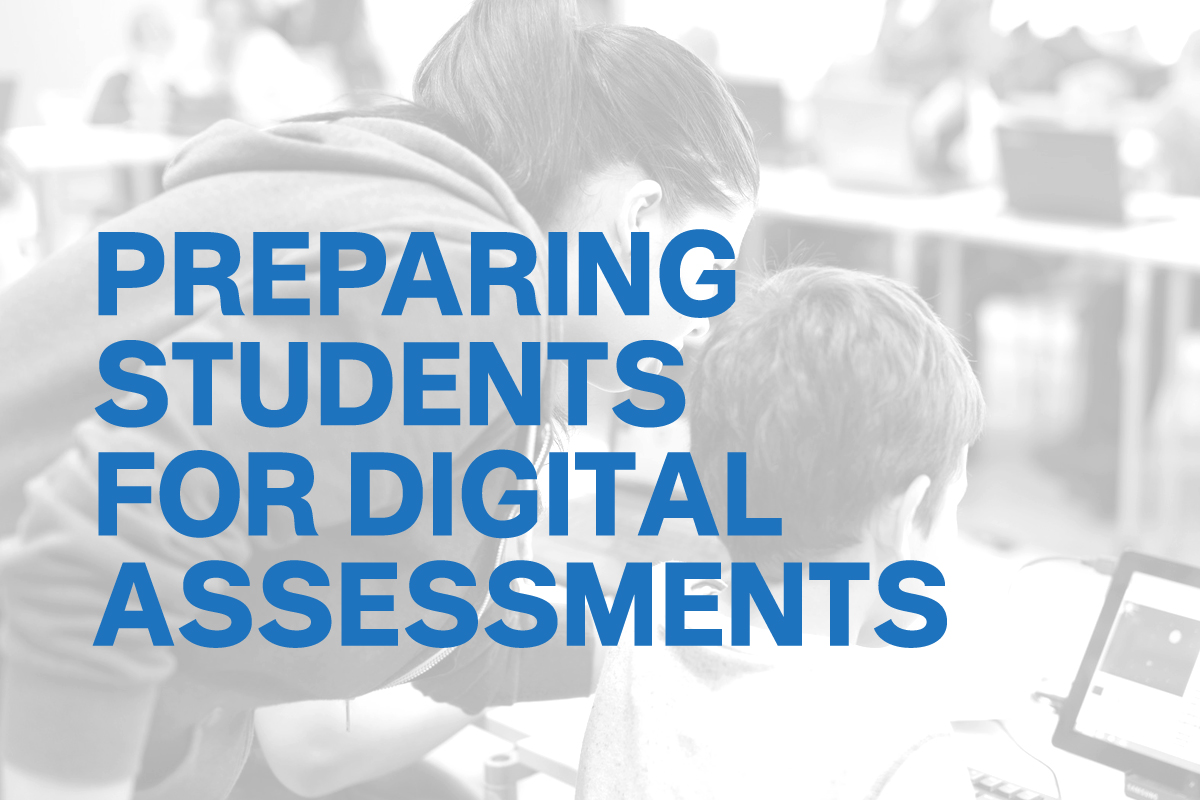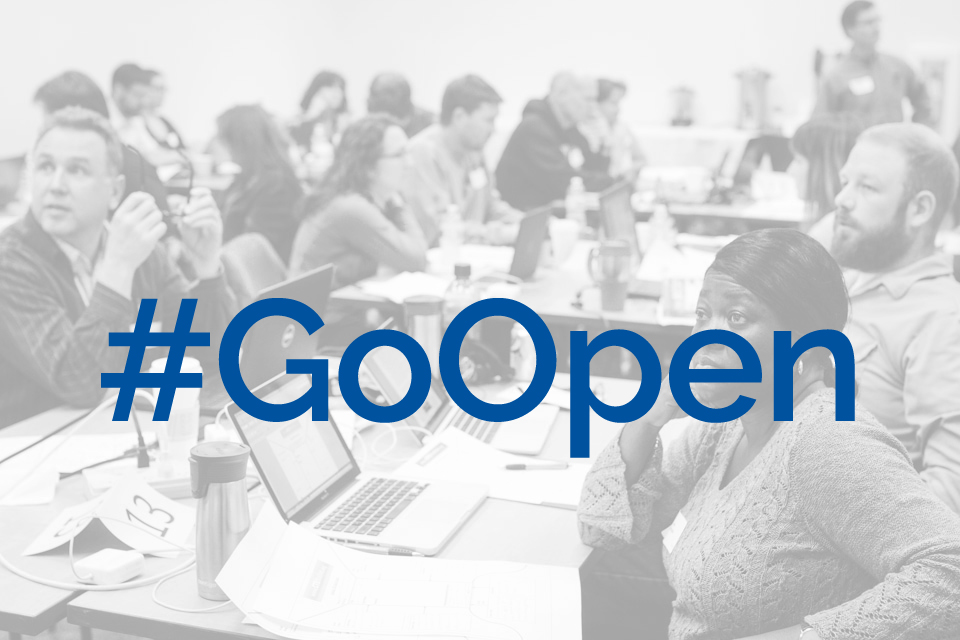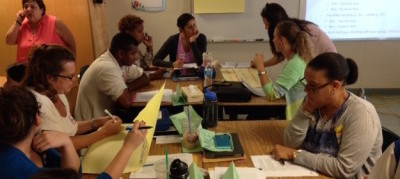The second half of the school year brings with it major education assessments which can be a stressful time for teachers, parents, and students. PARCC, Smarter Balanced, ACT Aspire, and Common Core States Standards (CCSS).
According to The Journal of Technology, Learning, and Assessment:
“The average difference in the percentage of students scoring proficient or advanced in the CSTs between laptop and non-laptop students was 17 percentage points for English-language arts and 18 percentage points for mathematics, both favoring the laptop program. The greatest difference, 20 percentage points between the two groups, was observed in the sixth grade mathematics scores and eighth grade English-language arts scores.“
Student use of technology for learning and assessment prior to standardized digital testing improves test scores, along with several other benefits including directing their own learning, a greater reliance on active learning strategies, engagement in problem solving and critical thinking, and deeper and more flexible uses of technology than students without regular access to technology (source).
There are many challenges these assessments place on teachers. Here are some no-cost resources for the classroom which will help prepare students for digital assessments.
Comfortability With Technology Testing
Engaging students with a variety of online tools will help prepare students for an assortment of evaluation programs. Differences in user experience between testing platforms often confuse students. Students familiar with navigating and responding to questions in an online environment are able to focus more of their attention on the critical thinking, reading and writing requisite with assessments of all subject areas. Research shows reducing students’ cognitive load is crucial to helping them more accurately demonstrate their actual learning.
The Smithsonian Learning Lab is a free resource teachers love. The ability to add activities and assessments to the plethora of Smithsonian resources and collections provides a no-cost means to prepare students of all ages to navigate digital content, examine resources, and respond to online question banks similar to those found in the new digital statewide platforms.
[fusion_builder_container hundred_percent=”yes” overflow=”visible” margin_top=”10px” margin_bottom=”0px” background_color=”rgba(255,255,255,0)”][fusion_builder_row][fusion_builder_column type=”1_1″ background_position=”left top” background_color=”” border_size=”” border_color=”” border_style=”solid” spacing=”yes” background_image=”” background_repeat=”no-repeat” padding=”” margin_top=”0px” margin_bottom=”0px” class=”” id=”” animation_type=”” animation_speed=”0.3″ animation_direction=”left” hide_on_mobile=”no” center_content=”no” min_height=”none”][fusion_separator style_type=”none” sep_color=”” border_size=”” icon=”” icon_circle=”” icon_circle_color=”” width=”” alignment=”center” class=”” id=””/]

[/fusion_builder_column][/fusion_builder_row][/fusion_builder_container][fusion_builder_container hundred_percent=”yes” overflow=”visible” margin_top=”30px” margin_bottom=”0px” background_color=”rgba(255,255,255,0)”][fusion_builder_row][fusion_builder_column type=”1_1″ background_position=”left top” background_color=”” border_size=”” border_color=”” border_style=”solid” spacing=”yes” background_image=”” background_repeat=”no-repeat” padding=”” margin_top=”0px” margin_bottom=”0px” class=”” id=”” animation_type=”” animation_speed=”0.3″ animation_direction=”left” hide_on_mobile=”no” center_content=”no” min_height=”none”][fusion_separator style_type=”none” sep_color=”” border_size=”” icon=”” icon_circle=”” icon_circle_color=”” width=”” alignment=”center” class=”” id=””/]
[/fusion_builder_column][/fusion_builder_row][/fusion_builder_container][fusion_builder_container hundred_percent=”yes” overflow=”visible”][fusion_builder_row][fusion_builder_column type=”1_1″ background_position=”left top” background_color=”” border_size=”” border_color=”” border_style=”solid” spacing=”yes” background_image=”” background_repeat=”no-repeat” padding=”” margin_top=”0px” margin_bottom=”0px” class=”” id=”” animation_type=”” animation_speed=”0.3″ animation_direction=”left” hide_on_mobile=”no” center_content=”no” min_height=”none”][irp posts=”6848″ name=”6 Reasons Teachers Love The Smithsonian Learning Lab”]
[fusion_separator style_type=”none” top_margin=”30″ bottom_margin=”0″ sep_color=”” border_size=”” icon=”” icon_circle=”” icon_circle_color=”” width=”” alignment=”center” class=”” id=””/]
The newly released Sorting Activity Tool familiarizes students with timeline ordering and experience with another digital tool.
[fusion_separator style_type=”none” top_margin=”10″ bottom_margin=”0″ sep_color=”” border_size=”” icon=”” icon_circle=”” icon_circle_color=”” width=”” alignment=”center” class=”” id=””/]

[fusion_separator style_type=”none” top_margin=”10″ bottom_margin=”0″ sep_color=”” border_size=”” icon=”” icon_circle=”” icon_circle_color=”” width=”” alignment=”center” class=”” id=””/]
Encourage Critical Thinking
Through the use of web-based tools, teachers create and publish their most innovative lessons and projects for use by colleagues on CTE Online. With over 4,000 unique lessons and tens of thousands of quality embedded OER instructional materials, this free educator platform has become a definitive source for teachers seeking ready-to-use curriculum.
[fusion_separator style_type=”none” top_margin=”30″ bottom_margin=”0″ sep_color=”” border_size=”” icon=”” icon_circle=”” icon_circle_color=”” width=”” alignment=”center” class=”” id=””/]
[irp posts=”6790″ name=”California’s Blended PD/Curriculum Project Works To Explain Growing Popularity In Other States”]
[fusion_separator style_type=”none” top_margin=”30″ bottom_margin=”0″ sep_color=”” border_size=”” icon=”” icon_circle=”” icon_circle_color=”” width=”” alignment=”center” class=”” id=””/]
Customize curriculum, projects, lesson plans, and resources for use in your classroom to encourage creative problem solving and get students thinking!
Creating a Martian Society STEM Integrated Project
[fusion_separator style_type=”none” top_margin=”10″ bottom_margin=”0″ sep_color=”” border_size=”” icon=”” icon_circle=”” icon_circle_color=”” width=”” alignment=”center” class=”” id=””/]

[fusion_separator style_type=”none” top_margin=”10″ bottom_margin=”0″ sep_color=”” border_size=”” icon=”” icon_circle=”” icon_circle_color=”” width=”” alignment=”center” class=”” id=””/]
What Works For Other Educators?
Use social media to connect with other teachers to see what works for them!
A hashtag we like to review regularly on Twitter is #EdTechChat – Educational technology experts and educators regularly share insights and reviews using this hashtag.
[fusion_separator style_type=”none” top_margin=”10″ bottom_margin=”0″ sep_color=”” border_size=”” icon=”” icon_circle=”” icon_circle_color=”” width=”” alignment=”center” class=”” id=””/]

[fusion_separator style_type=”none” top_margin=”30″ bottom_margin=”0″ sep_color=”” border_size=”” icon=”” icon_circle=”” icon_circle_color=”” width=”” alignment=”center” class=”” id=””/]
[irp posts=”7584″ name=”Teachers Rocked The Booth At CUE Conference”]
[fusion_separator style_type=”none” top_margin=”30″ bottom_margin=”0″ sep_color=”” border_size=”” icon=”” icon_circle=”” icon_circle_color=”” width=”” alignment=”center” class=”” id=””/]
A source for general standardized test preparation can be found on Education.com.
Have questions about these resources? Reach out to us on Twitter or Facebook, we’d be happy to help![/fusion_builder_column][/fusion_builder_row][/fusion_builder_container]


 [/fusion_builder_column][/fusion_builder_row][/fusion_builder_container]
[/fusion_builder_column][/fusion_builder_row][/fusion_builder_container]












 & Jodi Halligan
& Jodi Halligan 